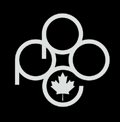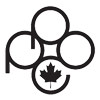Sunday, May 16, 2021
ACCREDITATION: MY PERSONAL JOURNEY THROUGH THE HIGHS AND LOWS
Story by Terry Tinkess. I guess I would have to lay blame at the feet of photographer Joe McNally for being the reason photography became more of a pursuit than an interest for me. It’s not like he came to me and said, “You’re good kid,” although he did say something similar, years later after I had stopped being a kid, and as part of a paid workshop/critique session.
It was more a case of how we, as humans, look for similarities, real or perceived, that exist between us and those who we would emulate. The more I learned about Joe, the more similarities I discovered. We were both of similar vintage, we were both children who moved around a lot due to our fathers’ employment (for me that meant grade four was spent in four cities in two countries), and our mothers were of Irish descent who took no crap from anyone. We had both gone to Journalism school (he Syracuse, me Carleton) with the goal of becoming sports reporters, and although we loved to write, we also felt the pleasure of the camera in our hand and the sound of the shutter. We both also have a love of pop culture, an overactive imagination and a slightly (?) demented sense of humour.
That, however, is where the similarities begin to fade. Joe started his career during a time where there were staff positions readily available if you had skill or were willing to hustle, aptitudes both of which he had a surplus of. I, however, entered the market just as print media was dwindling and organizations were downsizing. I quickly realized that freelancing was the future that awaited me, so hustle I would, but how else could I set myself apart? All kidding aside, I’m no Joe McNally. Joe is a one of a kind.
I knew that eventually, if I worked hard, continued a practice of lifelong learning and built a list of satisfied clients, I could build a career. The “democratization of digital” however meant that the market was flooded with people who believed the commercial hype that camera = photographer so the question was how do I show that I was a better choice for people who cared and that I could offer a product, service and an experience that in the end was a far better value?
I had grown up, to that point in my life, believing in the value of belonging to groups that offered peer review and high standards. I started searching for a place to belong with a focus on photography and discovered the Professional Photographers of Canada (PPOC) and the Professional Photographers of America (PPA). I researched both, read carefully their standards of ethical behaviour and joined both (living as I do right on the border with the US, I thought there would be value in associating myself with my American cousins.) Thus began my journey!
To obtain the greatest value from my membership, I realized that would have to become an accredited member. I had enjoyed some commercial success and was actually teaching photography at the community college level, so I entered the process thinking that though I would have to choose wisely, it couldn’t be that difficult. Despite the rookie mistake of misnaming my images (It is a capital O, not a zero), I managed to have a handful of images accepted. While I was disappointed, I am pragmatic and assumed It would take three or four submissions to reach accreditation. I was mistaken.
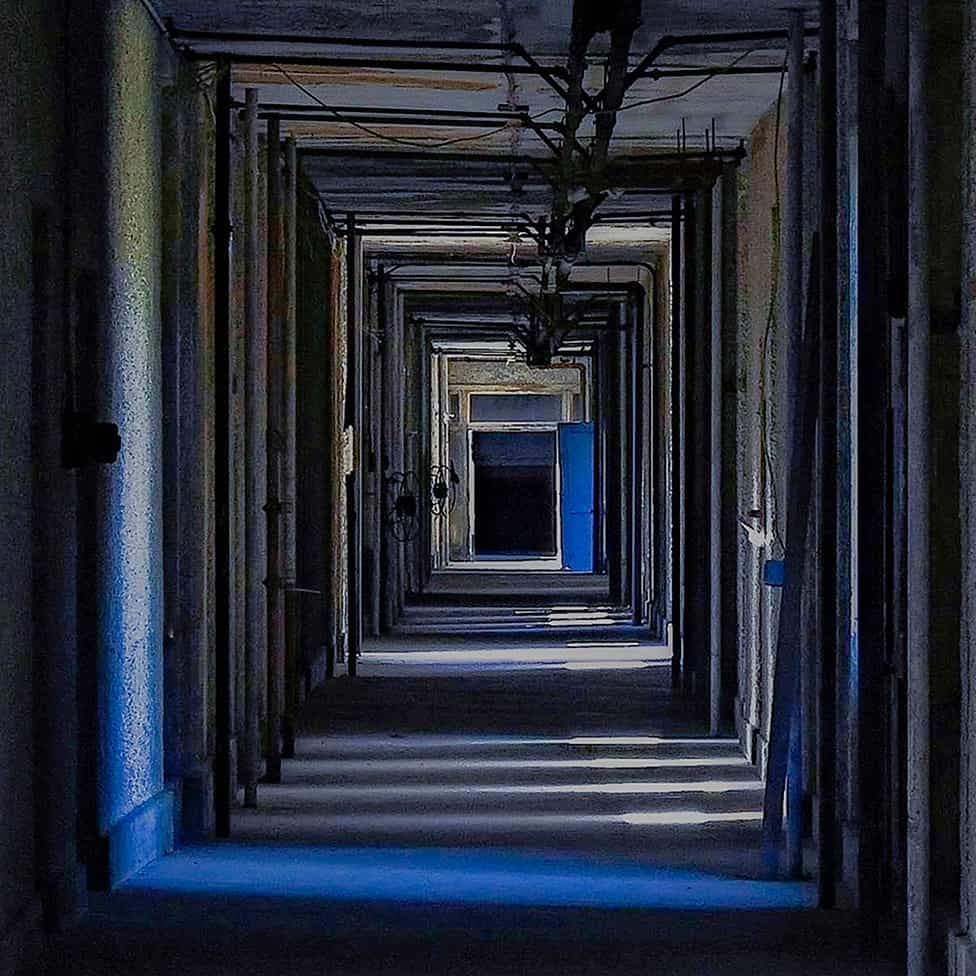
Like a baseball player in an extended hitting slump, I repeatedly went “0 for,” which led me to change categories, which changed nothing, except to metastasize in my mind the belief that not only was I not good enough, but now in multiple categories! I took a break from submitting for a while, then tried again, obtaining the same results. (Meanwhile, south of the border I wasn’t having any more success, except on the written test, which went very well.) What was I doing wrong? Was I a fraud with clients who knew even less than I did? The fastest growing lifeform in the forest is self-doubt, and mine was flourishing!
To this point I had been trying to do everything on my own. Not that I didn’t believe in the idea of fellowship and the camaraderie, I very much did. Living over an hour away from Ottawa, where any of the branch meetings would take place was, however, a hurdle I didn’t make the effort to overcome. The last thing I wanted to do after a long day was to get in the car, drive to Ottawa to meet with strangers far more competent than me and then drive home wondering what they had that I didn’t. There were, of course, offers of assistance but at that point I just didn’t connect the dots.
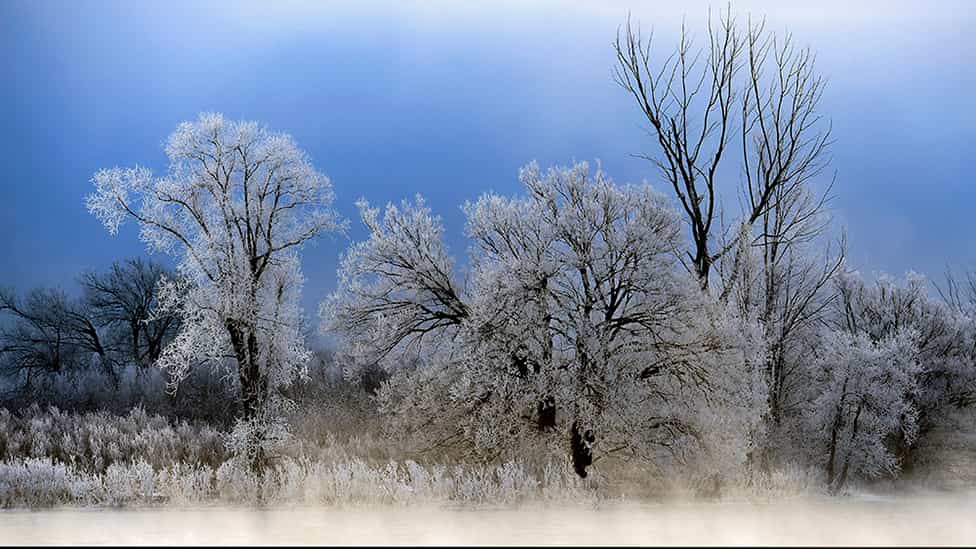
In March of 2019 I became Certified through the Professional Photographers of America (PPA), and after one final accreditation attempt, I decided to take a break for a while and left the PPOC. It was a short-lived hiatus; a few months later I returned with a new attitude, determined to do whatever it took to become accredited.

It’s funny how things can work out, but in my case COVID-19 certainly played a role. No sooner had I rejoined PPOC than I was contacted by Steve Cain, the eastern Ontario branch chair, and invited to their monthly ZOOM meeting. He explained that they would be doing an accreditation review and that if I wanted to participate, I could submit up to 15 images and the other branch members would critique them. I agreed.
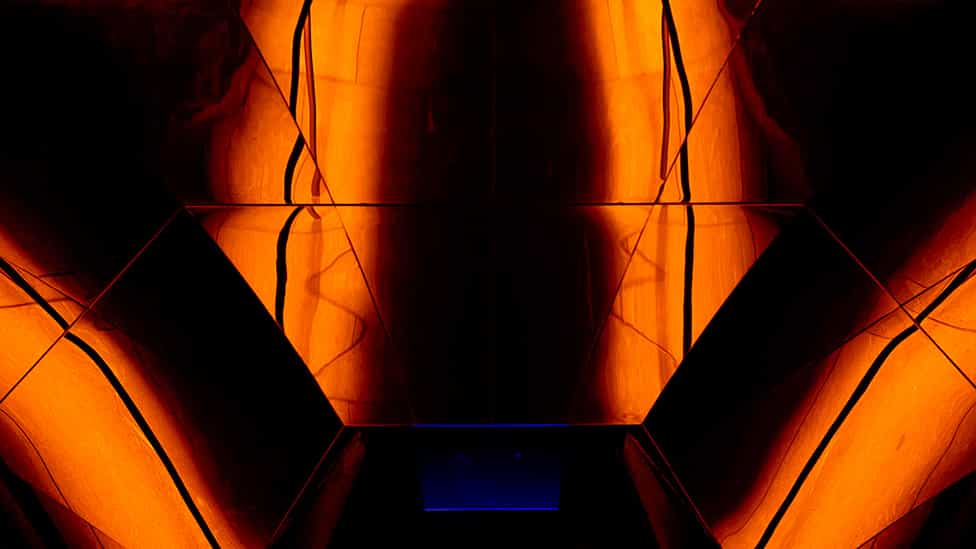
Prior to COVID, branch meetings would have been in-person and image pre-accreditation review would have been either through email or some other less-immediate method. As I sat through the review of my images not only did I receive a wealth of good advice, I also began to realize that the judges examined submitted images to a greater degree than I had ever imagined. More importantly though, as I listened, I heard about the unsuccessful submissions that the other members had made, and that what I had experienced was not unique. These people who I held in such high regard had failed before finding success. That changed my outlook completely.
The second change I made was to ask for a mentor, and I was lucky enough to have Lois Nuttall agree to offer guidance and support. She reinforced for me the degree to which I needed to examine my images and to pay special attention to the edges of the frame. Small bits of advice often produce major changes. The benefit of having a second set of eyes to review an image cannot be ignored.

I submitted ten images in the summer of 2020 in the Fine Art/Photo Décor category, and you can’t imagine my joy when five of them were accepted and another three had suggestions that would make them candidates for acceptance. I went back to the branch, and to my mentor after making the suggested changes and with a handful of new images, and in October had another four images accepted, leaving me one image short of accreditation. That one image, a monochrome of Death Valley was submitted in February of 2021, and was accepted, meaning that I could finally, proudly proclaim that I was an Accredited photographer with the Professional Photographers of Canada.
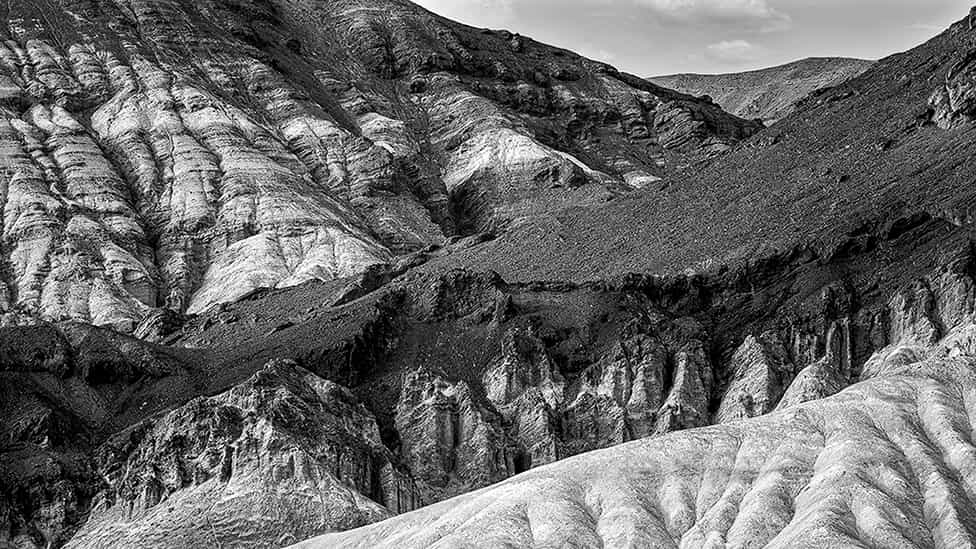
Since obtaining my first accreditation I have been asked if I think it was worth it, a question that receives a boisterous “Hell, yeah!” in response. I can now tell potential clients that my work has been peer reviewed and found to be of a standard worthy of their acceptance. It means that I adhere to a very high ethical standard in all that I do, and that I believe in continuing to work at improving my work and expanding the areas in which I am deemed proficient.
More importantly, to me at least, it means that I can at least temporarily chase the demons of self-doubt. I can trust that I do have a level of skill and training that allows me to provide a consistent, high-quality result. To those who have yet to become accredited, but who hope to do so, I offer the following suggestions:
Be involved, participate, ask for help. One of the major benefits of being a PPOC member is the willingness of other members to support and share. That this is a very large part of your membership and a major benefit you can access if you choose to do so. No one will force you, but it is there if you want it, so why would you not?
Be prepared to kill your darlings. If you ask for help, be prepared to receive it. The phrase, kill your darlings, is often referred to in literary endeavours. It refers to a passage that touches you so deeply that you cannot see ever deleting it, even if the rest of the work would be better without it. Photography also has many “darlings,” but sometimes we become so attached to an image that we cannot be objective about it. Others, not emotionally connected to the image can often see more clearly than we can. Listen to them
Understand that failure is a part of the process of achieving success. It is difficult to be told that something you worked hard to create is not good enough. Reading comments like “wrong time of the day,” or “Improper lighting,” can definitely cut, but remember, the judges can only judge the image you submit. They weren’t there and can’t access the feeling that only being there could provide. They only have what you gave them in the image, and if they can’t feel it, then you didn’t deliver. Maybe you can improve what you submitted, or maybe you can’t. Learn from the comments you receive. Be open and use everything you are given, including criticism, to become better, in capturing the image, processing the image, and yes, even in selecting the images you submit. And don’t forget, all of these can be improved as you develop your ability “to see.”
Enjoy the process as well as the result. Jay Maisel, who is the photographer who has influenced me the most, asks the question of his students, whether they prefer photography or photographs. If you practice photography only for the result you may obtain (the photograph, the results), you can often be disappointed.
If you practice photography because you love the sound of the shutter, the feeling of a camera in your hand, of the chill of the morning before sunrise or the warmth of the sun as it rises above the horizon, then disappointment will be fleeting and soon forgotten. Taking the photograph is its own reward. Seeing a memory as it is created and preserving it for others to share is an act entrusted only to those who accept what a treasure it is.
Submission by Terry Tinkess.
Terry Tinkess has been a member of PPOC for almost nine years and is accredited in Fine Art/Photo Décor. He is also a Certified Professional Photographer with the Professional Photographers of America (PPA). Terry is a graduate of the Journalism program at Carleton University and holds a master’s degree in Canadian Studies, also from Carleton.
He operates his own studio, Terry Tinkess Photography (terrytinkessphotography.com) and has taught photography courses at St. Lawrence College in Cornwall, Ontario since 2007. The photographer who has influenced him the most is Jay Maisel, who he has had the honour of meeting on two occasions. He lives in Ingleside, Ontario with his wife Brenda, dog Mia and cats Buttons, Chubbers and Wally, who all make sure he is up in time to see the sunrise. Terry finds the bulk of his commissions in eastern Ontario, but envisions travelling farther afield after COVID.
